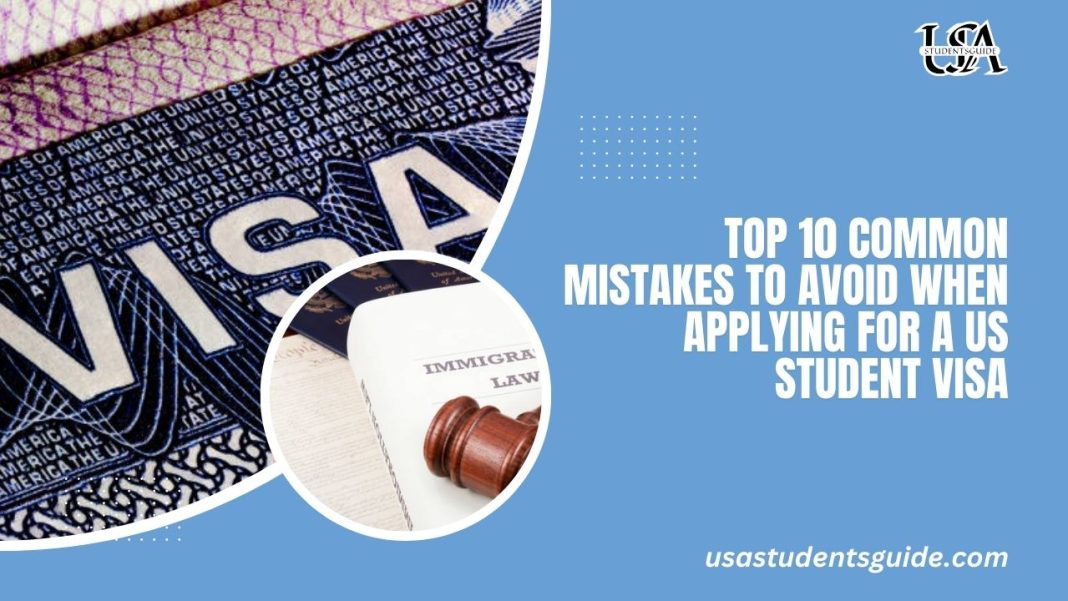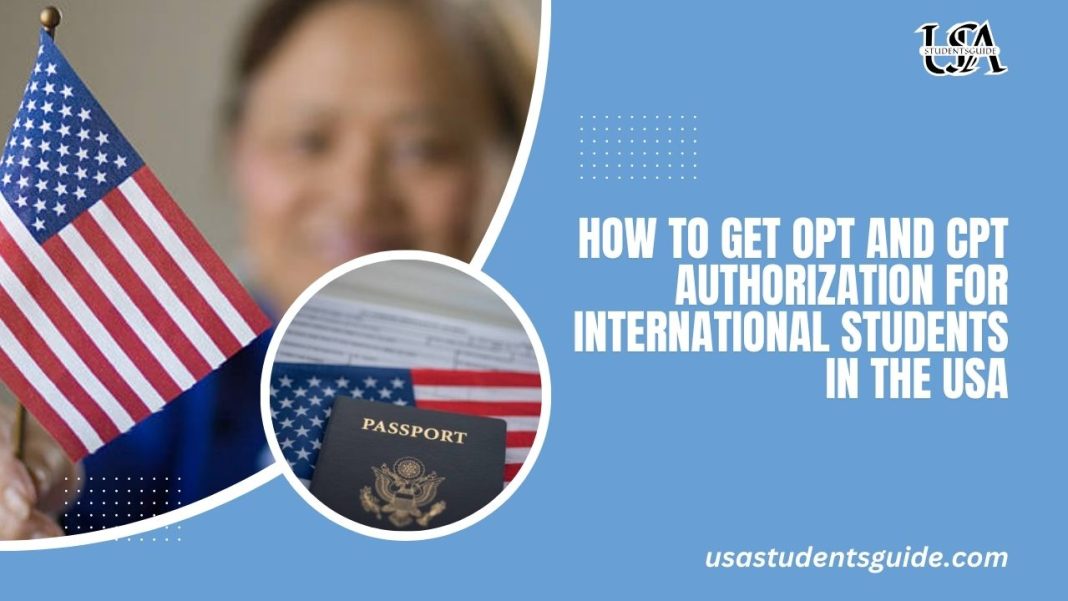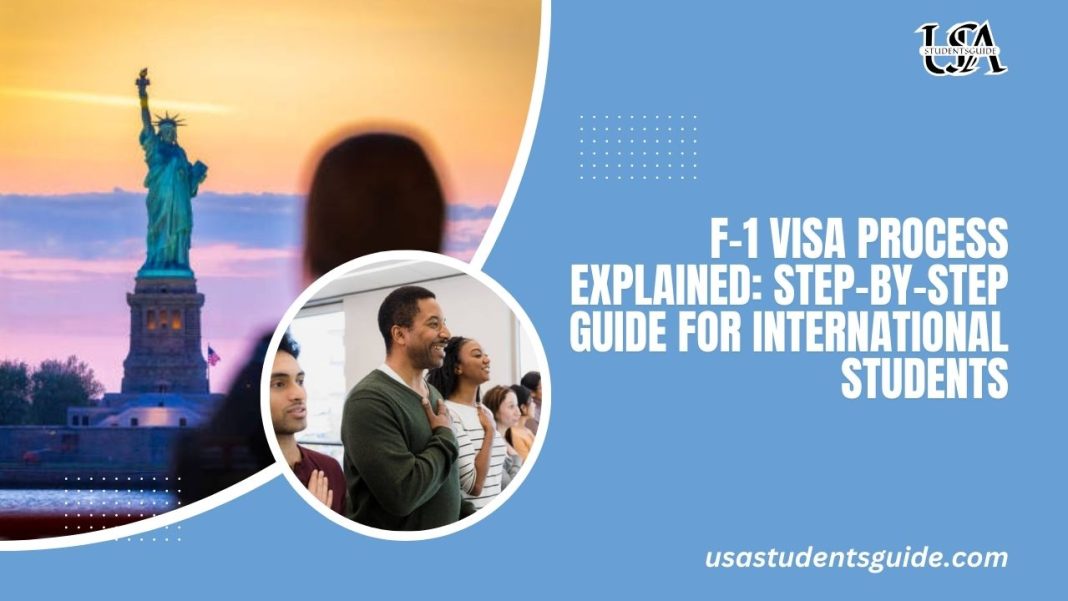Introduction
Top 10 Common Mistakes to Avoid When Applying for a US Student Visa – Applying for a US student visa, specifically the F-1 visa, is a crucial step for international students planning to study in the United States. However, the process can be complex, and even minor mistakes can lead to delays or denials. Understanding the most common pitfalls can help you navigate the application process smoothly and increase your chances of success. This guide highlights the top 10 mistakes to avoid when applying for a US student visa, along with tips to ensure a successful application.
1. Incomplete or Inaccurate DS-160 Form
The Mistake: The DS-160 form is the Online Nonimmigrant Visa Application that must be completed accurately. Common errors include missing information, typos, and incorrect answers, which can lead to processing delays or visa denial.
How to Avoid It:
- Double-Check Your Information: Review all details, including your personal information, SEVIS ID, and intended school.
- Answer Honestly: Ensure that all answers are truthful and consistent with other documents like your I-20 and financial statements.
- Save a Copy: Save a copy of your completed DS-160 for reference during your visa interview.
2. Insufficient Proof of Financial Support
The Mistake: One of the most common reasons for visa denial is the inability to demonstrate that you have sufficient funds to cover your tuition, living expenses, and other costs during your stay in the USA.
How to Avoid It:
- Provide Detailed Financial Evidence: Include bank statements, scholarship letters, and financial guarantees from sponsors that clearly show you have the funds to support yourself.
- Prepare Supporting Documents: If someone else is sponsoring you, include a letter of support and proof of their financial capacity.
- Avoid Large, Unexplained Deposits: Sudden, large deposits in your bank account can raise red flags. Be prepared to explain these transactions if asked.
3. Inadequate Preparation for the Visa Interview
The Mistake: Many students underestimate the importance of the visa interview, arriving unprepared or unable to confidently answer the officer’s questions about their study plans and finances.
How to Avoid It:
- Practice Common Questions: Rehearse answers to typical questions such as why you chose your school, how you plan to finance your education, and what your plans are after graduation.
- Bring All Required Documents: Ensure you have all necessary paperwork, including your I-20, passport, DS-160 confirmation, and financial proof.
- Be Honest and Confident: Speak clearly, maintain eye contact, and answer questions truthfully.
4. Not Scheduling the Visa Interview Early Enough
The Mistake: Waiting too long to schedule your visa interview can lead to timing issues, especially during peak seasons when appointment slots fill up quickly.
How to Avoid It:
- Schedule Early: Book your interview as soon as you receive your I-20 form to avoid long wait times.
- Check Embassy Schedules: Be aware of any local holidays or closures that could affect appointment availability.
5. Missing or Incorrect Supporting Documents
The Mistake: Arriving at your interview without the required documents or with incorrect paperwork can result in a denial or delay in processing your visa.
How to Avoid It:
- Create a Document Checklist: Prepare a checklist of all required documents, including your I-20, passport, financial statements, SEVIS fee receipt, and visa appointment confirmation.
- Double-Check Before Your Interview: Ensure all documents are up-to-date, correctly filled out, and match the information on your DS-160.
6. Applying to a Non-SEVP Approved School
The Mistake: Applying for a student visa to attend a school that is not approved by the Student and Exchange Visitor Program (SEVP) will result in automatic visa denial.
How to Avoid It:
- Verify School Accreditation: Only apply to SEVP-certified schools. Your school must issue a Form I-20, which confirms their accreditation and your acceptance.
- Check SEVP Listings: Use the official SEVP website to verify that your chosen school is listed.
7. Providing Inconsistent Information
The Mistake: Inconsistencies between your DS-160, visa interview answers, and supporting documents can cause the consular officer to doubt your application’s credibility.
How to Avoid It:
- Review All Information Thoroughly: Ensure that your answers are consistent across all forms and documents.
- Be Clear and Concise: Provide straightforward answers during the interview and do not contradict the information provided in your application.
8. Not Demonstrating Ties to Your Home Country
The Mistake: Failing to prove that you have strong ties to your home country can raise concerns that you may not return after completing your studies, leading to visa denial.
How to Avoid It:
- Highlight Family, Financial, or Professional Ties: Mention any family, property, or job opportunities in your home country that would compel you to return.
- Discuss Future Plans: Be prepared to explain how your U.S. education will benefit your career back home.
9. Ignoring Visa Validity and Program Dates
The Mistake: Not understanding the validity of your visa and the specific program dates on your I-20 can lead to issues with entry and maintaining your status in the USA.
How to Avoid It:
- Check Visa and I-20 Dates: Ensure that your visa covers the entire duration of your academic program, including any grace periods.
- Enter the USA Within the Allowed Time Frame: You are permitted to enter the USA up to 30 days before your program start date as listed on your I-20.
10. Attempting Unauthorized Work Without Approval
The Mistake: Working without authorization while on an F-1 visa can lead to serious consequences, including visa revocation and deportation.
How to Avoid It:
- Understand Work Regulations: On-campus work is generally permitted, but off-campus work requires specific approval (e.g., OPT or CPT).
- Consult with Your DSO: Always speak with your Designated School Official before starting any job to ensure it complies with visa regulations.
Final Thoughts
Applying for a US student visa is a critical step in your journey to study in the United States. Avoiding these common mistakes can help ensure a smooth application process and increase your chances of obtaining your visa. From completing forms accurately to preparing thoroughly for your interview, careful planning and attention to detail are essential.
Ready to apply for your F-1 visa? Start by double-checking your application, gathering the necessary documents, and preparing confidently for your interview. Your academic adventure in the USA awaits!



